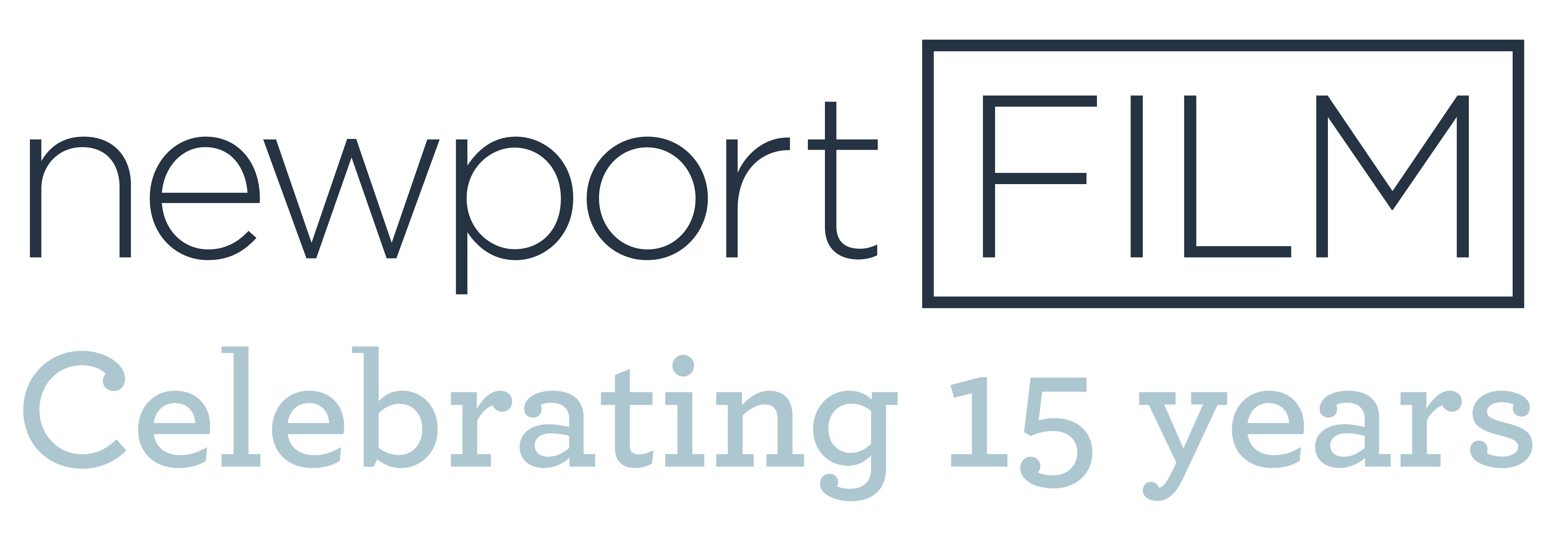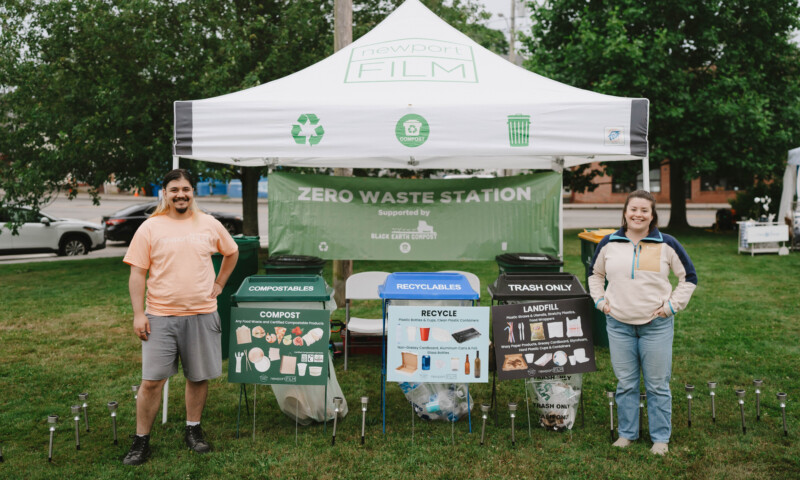How do we get the news that shapes our opinions about local and world events? Who do we trust to help us stay informed? In the early 1950s, Americans eagerly embraced television as a breakthrough news and entertainment delivery platform. One of the pioneers experimenting with this new hybrid medium was the Boston-raised son of first generation Russian-Jewish immigrants, Friedan and Zina Wallik. This American son, Myron Leon “Mike” Wallace (1918-2012) started out as a radio voice on shows like the Green Hornet and the Lone Ranger before fully emerging from the radio cocoon as “Mike Wallace” in the career-defining television opportunity of Night Beat, a genre-defining “wrathful and righteous” interview show ideal for the pulpit of black and white television. From 1956-1958, Mike Wallace used the Night Beat platform to craft a personality-anchored vision of news journalism on television that was different and new. His interviews were uncensored, muckraking, risky, prosecutorial, and driven by a deep need to reveal the truth. The television contract for Night Beat ended, but Mike Wallace never did. Despite a decade of stops and starts, he persisted in defining the possibilities of television journalism and how to foreground such driving questions as: What do we mean by freedom? Who are we as Americans? And then, it all came together in 1968 when Mike Wallace became the news correspondent for CBS’ experimental television news magazine, 60 Minutes – and the rest is history. Here is how the New York Times judged Wallace’s achievement with 60 Minutes: “By the late 1970s, “60 Minutes” was the top-rated show on Sundays. Five different years it was the No. 1 show on television, a run matched only by “All in the Family” and “The Cosby Show.” In 1977, it began a 23-year run in the top 10. No show of any kind has matched that.” Mike Wallace retired in 2006 at the age of 88, but still worked, and earned his final Emmy near 90.
Mike Wallace is Here is a surprising and complex film about many things. In part, it is a study of vocation and how one purpose-driven American came to inhabit a self-made career identity while simultaneously innovating new frontiers made possible by an emerging mass medium. No viewer can come away doubting Mike Wallace’s work ethic or enduring relationship with the purpose of work. Also, the film makes clear just what an iconoclast he was: an acne-riddled teen who grew up to be a camera-loving media celebrity bridging the serious traditions of news journalism with the visceral immediacy sought by an op-ed activist. Mike Wallace used television journalism to create an audience and content aligned for a maturing new medium and changing post-war America.
Trust me: Mike Wallace is Here is no tame, admiring, fluff bio-pic. (Who would expect that anyhow from Magnolia Pictures?) No. This is a hard-hitting new documentary motivated as much by deep concerns about the legacy of his innovations in news journalism as it is about Mike Wallace’s backstory. Beginning with the title’s use of the present tense (“IS HERE”), this film is urgent and timely. How did we get to the current state of today’s fake news obsession and circus of unvetted voices? More ominously: is our nation’s free press at a tipping point? The film’s opening sequence features former Fox political commentator, Bill O’Reilly (b. 1949) gleefully admitting the massive success of his O’Reilly Factor from 1996-2007 would never have been possible without the groundbreaking persona that is Mike Wallace. O’Reilly brashly congratulates himself for his own updated audience-engagement tactics (despite MediaMatters calling him out for being “Misinformer of the Year”) and O’Reilly brushes off Wallace as an irrelevant relic, a dinosaur. Near the end, the film returns to the legacy question with old news clips from Mike Wallace interviewing our current president back when he was a young businessman lovingly crafting his own new media persona. There are also enigmatic interview clips showing the current Russian president calmly defending the freedom of the press in his country because, in Putin’s opinion, controlling the media is “impossible”. So how did we get where we are in the summer of 2019, and where will we be after the 2020 US elections? With so much at stake, what is it we expect from our press? From TV journalism? From news personalities exploring different new 21st c. media such as You-Tube, Twitter or Facebook? How do newspapers and print journalism fit in to this rapidly-changing news ecosystem? Who do we trust and what platform do we turn to in order to make sense of more information than has ever before been available in all human history? These pressing questions make Mike Wallace is Here an extremely relevant documentary right now and I highly recommend it.
Throughout Mike Wallace is Here, I was struck again and again by the continuing relevance of the concept of the American jeremiad as painted by the brilliant American Studies scholar (and immigrant) Sacvan Bercovitch (1933-2014) in a series of books, including his now-classic, The American Jeremiad (1978/2012). In such a reading, Myron Wallace, the boy from the Boston suburbs, internalized the enduringly Puritan-American sense of hopeful righteous prophetic purpose. Hallmarks include an individualism combined with a driven work ethic and an unrelenting search for truth achieved paradoxically by embracing a rhetoric of confrontation in search of truth and the offered redemption of public confession. Perhaps Mike Wallace’s portfolio of truly remarkable interviews with history-making individuals could stand as a kind of twentieth-century catalogue of Bercovitch’s “visible saints”? Bercovitch saw America’s fundamental culture to be that of dissent, and the jeremiad the emotional rhetoric of dissent. But this kind of dissent is really a proxy, or sandbox, to ritually control social change and transform transgression into continuity in the service of the status quo. Bercovitch wanted to know how this came to be so accepted as to be invisible? In his native Canada, the country was understood as a geographic entity. But here in America, Bercovitch spent his adult career juggling different images of America as always more than a place: a myth, a best hope, an “errand into the wilderness”, a frontier for the new. Heads up when you hear a jeremiad! The medium is the message. But be mindful of the voices or options shut down by the noise of this battling dissent.
In April 2017 Fox fired Bill O’Reilly over sexual harassment charges. Mike Wallace had passed on earlier in 2012. And now it is 2019 and we are biting our nails hourly at Twitter cliffhangers. So who are the next-wave progeny of these quite different pioneers? Mike Wallace is Here offers a new lens with which to look at the history of television journalism, but how is this legacy playing out right now at this critical moment in American history? In my opinion, we might consider this mid-point film of the newportFILM 2019 summer outdoor series as part of a curated series that collectively offers cross-pollinating insights. For example, it’s worth remembering the grass-roots euphoria of Woodstock (August 1969) is contemporary with the beginnings of Mike Wallace’s muckraking experimentation with 60 Minutes (September 1968). In Mike Wallace is Here, Mike Wallace and Bette Davis share a moment over their openly-acknowledged preference for their professional work over a personal life. One could imagine a corporate leadership retreat airing this film alongside Framing John DeLorean to discuss the spectrum of work/life balance options, ambition, retirement, and ethics. Most germaine for the issue of journalism, accountability and the American jeremiad are Sea of Shadows and The Great Hack. In particular, both of these documentaries featured impact from things that happened behind the scenes, like new investigative journalism partnerships or big data election analysis leveraging hijacked Facebook user data. What cold or hot rhetoric should we be on the lookout now? I wish I knew the answer. Meanwhile, I feel certain Mike Wallace is still here, breathing life into our urgent quest for a more perfect union.
Please join newportFILM on Thursday July 18, 2019 for a free pre-release public screening of Mike Wallace Is Here. This week’s location is courtesy of The Preservation Society of Newport County at the Elms Mansion Lawn (367 Bellevue Avenue, Newport, Rhode Island 02840). The venue will open at 6:30pm with the film beginning at 8:35pm. As always, this is a free public event with BYO picnic and great food truck options. Dave Flamand will perform live music before the film beginning at 7:20pm. Stay after the film for Q/A with the producer, Rafael Marmor. For more information or to become a newportFILM member, head to https://newportfilm.com/
Special Note: Huge midsummer thank you to the incredible hardworking team at newportFILM and all the volunteers that gather us as a community for these free weekly documentaries. Thank you for all you do!
By Nancy Austin, PhD – newportFILM Outdoors Summer 2019 Humanities Blogger.
With support from the Rhode Island Council for the Humanities.




